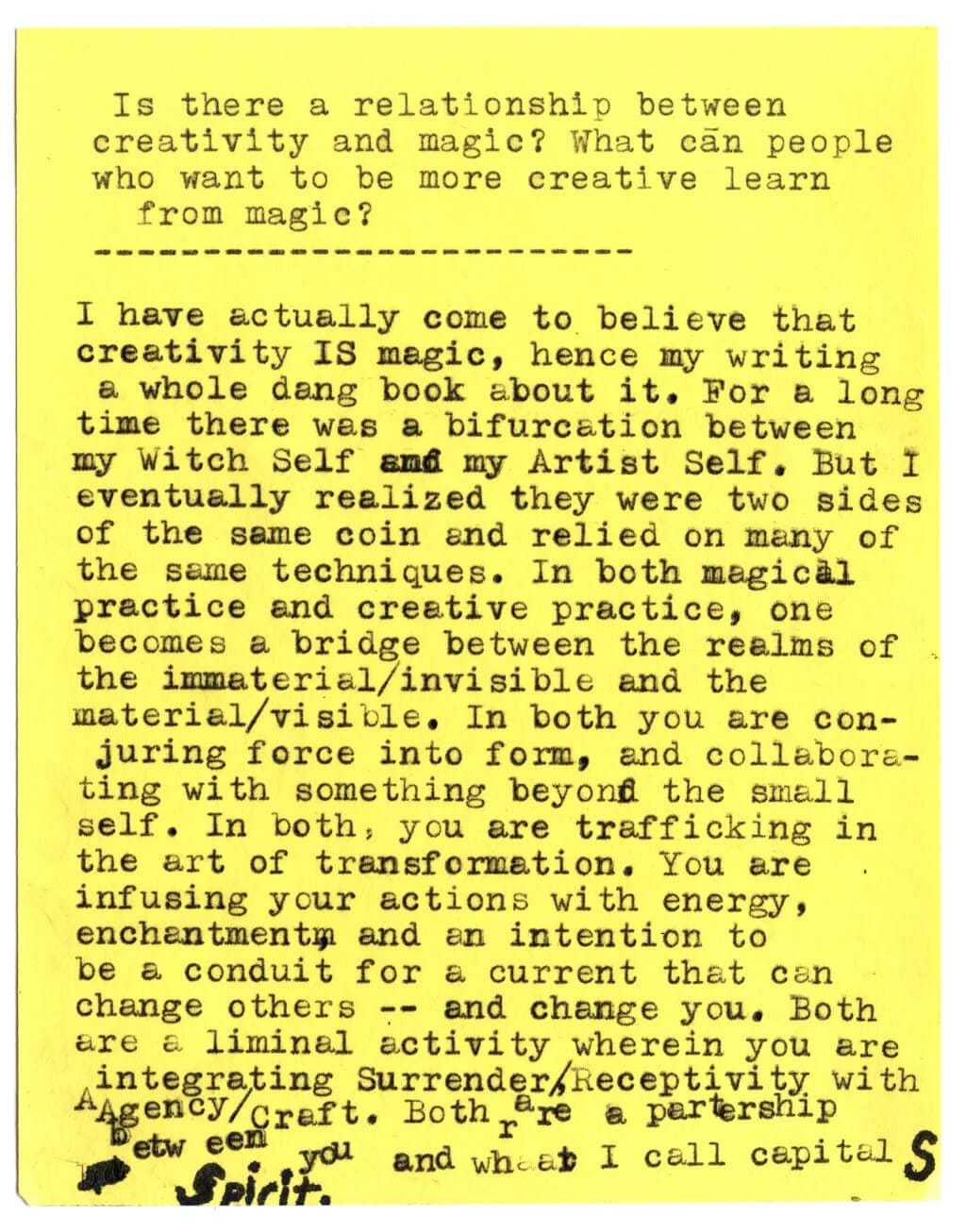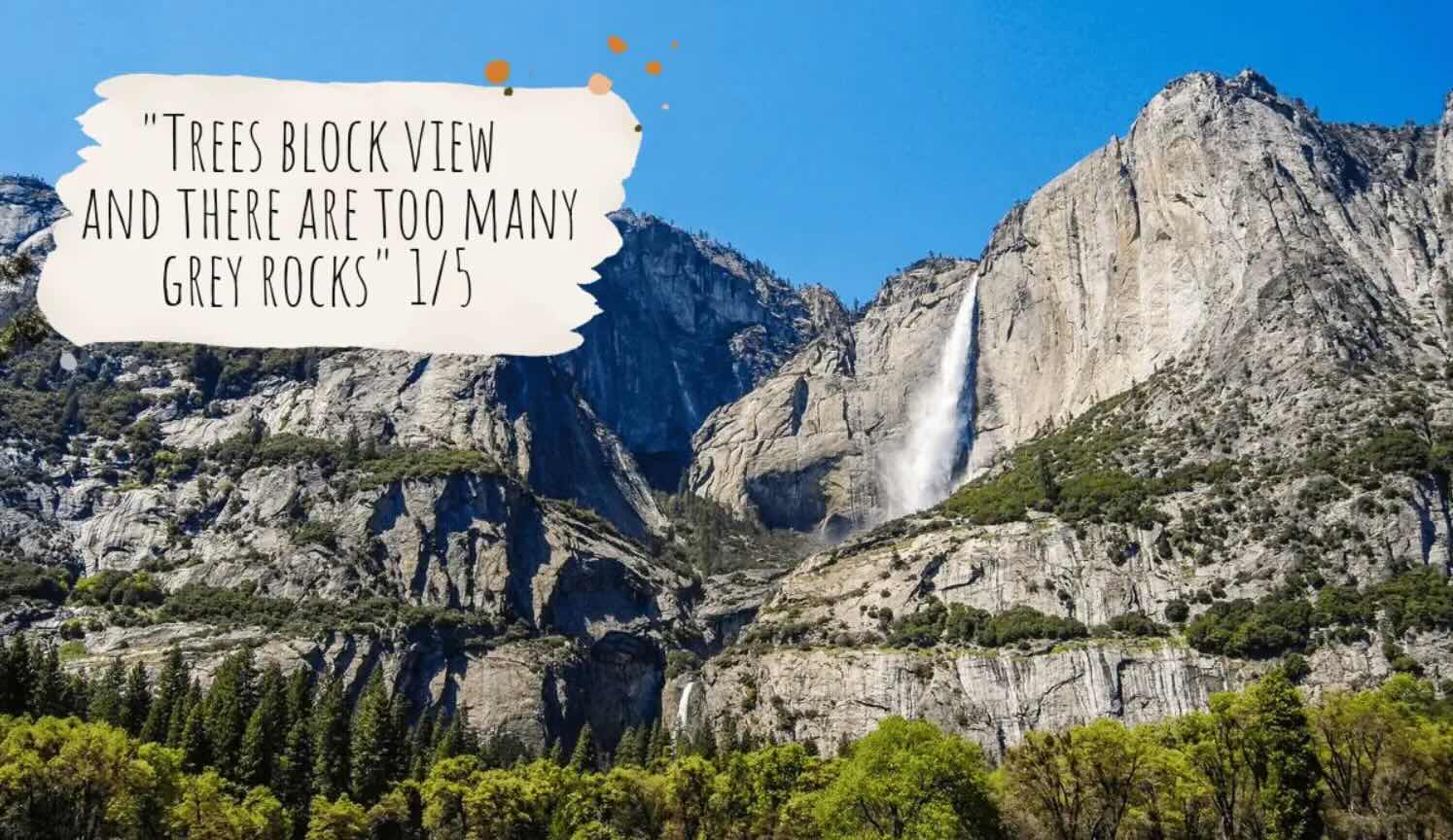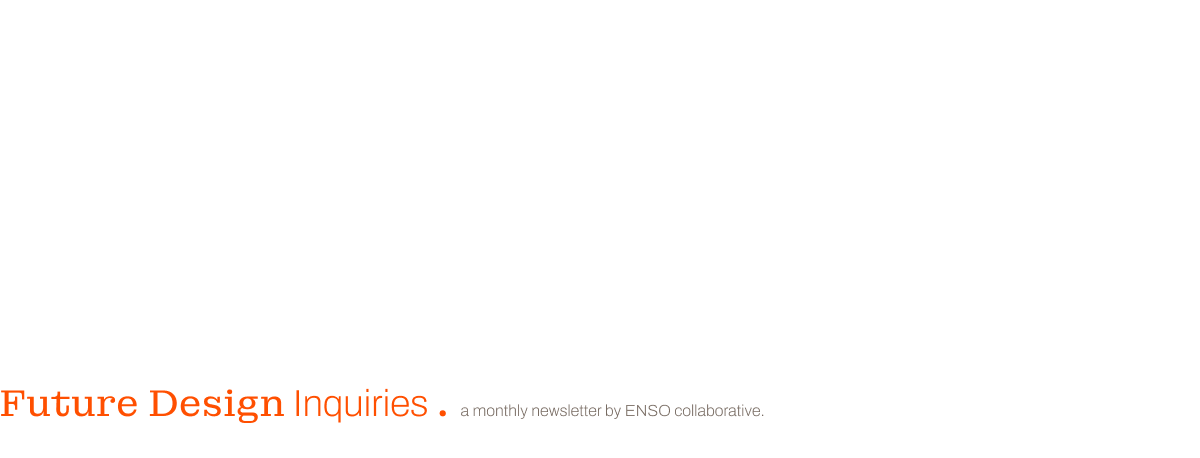Future Design Inquiries. November 2025

Hello from ENSO, a future design company. We’re sharing the things that make us think, bring us joy or shift our perspective.
What we’re reflecting on
Is collective escapism keeping us sane?
Somewhere around March 2020 I started craving lighter content. I put away biographies and picked up novels; I opted for comedies instead of documentaries. And honestly, that craving has yet to subside. These last five years have been heavy for pretty much everyone, but I’ve noticed that in 2025, the desire to collectively escape might be at an all-time high. Never have I felt so close to the masses as when that couple got caught having an affair on the kiss cam at the Coldplay concert. Or when the Louvre heist happened and we all devoured the stories (and memes) together. But this begs a question: Is escapism healthy?
It turns out there are two kinds:
1/ Self-Expansion Escapism – where someone engages with an activity in order to enrich or explore a part of themselves. (This is the healthy one.)
2/ Self-Suppression Escapism – where someone seeks distraction to avoid or suppress emotion, stress or self-awareness. (This one, not so much.)
I think when we come together around silly cultural events, we’re engaging in collective escapism. And while it might not be the most profound form of self-expansion, I think it’s healthy. It gives us a shared story that isn’t existential or unprecedented or terrifying (for a change) – and we need that right now. So while the wrong kind of distraction can be damaging, the right kind – the collective escapist kind – might just be how we get through it all. (HS)
PS I wrote more about this topic here if you’re interested!
Hope predicts better future outcomes across every life domain
Hope is not a mood or a vibe – it’s a skill, it’s trainable and its benefits are undeniable. The first large-scale longitudinal study to examine hope as a psychological and behavioral force across time is out and it shows that hope predicts better future outcomes across every life domain. Meaning those with higher hope are happier and more satisfied with life not just currently but in subsequent years. They achieve higher education levels, have higher income and lower unemployment. They have lower BMI, fewer serious illnesses and they smoke less. And they are less lonely and have more friends. ‘High-hope individuals’ are also more resilient – they recover faster from the tough stuff like divorce, job loss and illness. And, perhaps most interestingly, hope is especially important for lower-income people: It more strongly predicts educational attainment, mobility to higher socioeconomic neighborhoods and recovery from financial or personal crises. In other words, it’s less about what you have and more about what you believe is possible. In future design, we say that we cannot build what we can’t imagine. But this shows the same is true of people – we can’t be what we can’t imagine, and hope is the fuel that allows us to get there. (HS)
The more you try to change your mind the easier it gets
The old saying goes that people don’t change. But it’s not true. In fact, research shows it is completely possible to re-wire your brain, with some training (the scientific term for this is increasing your neuroplasticity). Some easy ways to do this include: pursuing new hobbies (musicians are some of the most neuroplastic people on Earth), traveling to foreign lands, spending time with community, hanging out intergenerationally, challenging your own opinions and assumptions (or seeking out people who do that for you), exercise and – of course – enough good sleep. These tricks are often framed in a self-help, individualized way. But it has me thinking about the ways in which our society needs to be collectively re-wired. What would happen if we employed some of these tactics en masse through policies, scaled programs or global initiatives? I think we’d find that not only can people change, but societies can too. (HS)
These nuggets are curated by ENSO partners Hanna Siegel (HS) and Sebastian Buck (SB).
7 things that made us think, gasp, share and laugh:
- The festival is an outgrowth of Vision 2030, the grand Saudi project to prepare for the kingdom’s post-oil future. The old Saudi brand was ‘austere theocracy,’ but the new one is ‘fun, fun, fun, but still with beheading.’” - Helen Lewis on the Riyadh Comedy Festival is the funniest thing you’ll read all week
- This excerpt from artist Austin Kleon’s interview with writer Pam Grossman:

- 800 years of English Handwriting
- Adam Mastroianni on Why Smart People Aren’t Happier (hint: it’s because our knee jerk definition of intelligence is too narrow)
- Ireland now has a permanent basic income program for artists (because the pilot generated nearly €80 million in total benefits to the Irish economy).
- The best inventions of 2025
- Hilarious 1-star reviews of national parks on Yelp

What we’re working on
ENSO is a small, senior team so that we can work on just a few initiatives at a time. This allows us to go deep on some of the biggest challenges/ opportunities. Recently, we’ve been working on a few main missions with our partners:
- I (Hanna) have started to write more about many of the topics we talk about here on The Hannalyst. Check it out for slightly longer (but still lunch break-friendly) pieces on optimism, designing the future and more.
- Changing the world of work: the labor market is the engine of prosperity, but ~80% of people are not engaged or thriving. We’re working to change the system.
- We have to redesign everything. We get to redesign everything. At this inflection moment of old systems breaking, widespread dissatisfaction and the AI explosion, we are thinking about how to redesign our world for abundance.
- Helping artists sustain an artistic life over the long term: Designing the space and tools to help artists everywhere thrive.
- Defining how the world’s most dynamic ecosystem can be harnessed to fight climate change: Finding a way to turn the incredible research, education and innovation into a new future for the planet, and for us.
Want regular inquiries? Subscribe here to get our thoughts in your inbox every so often.
Reach us at news@enso.co
See you next time.

ENSO • 115 W California Blvd #9101 Pasadena, CA 91105

